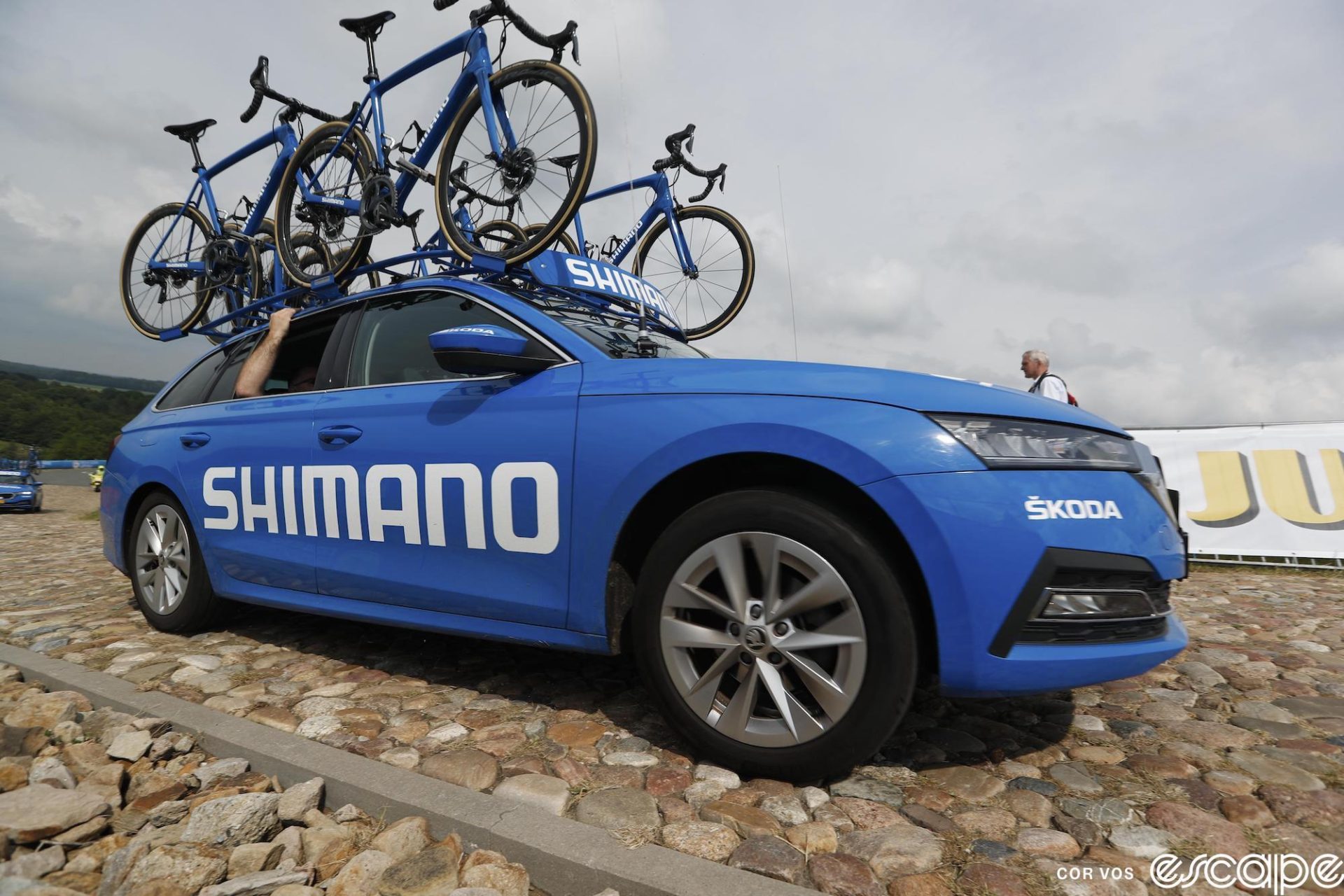One of the few genuinely positive things to emerge during the COVID-19 pandemic was a strong uptick in outdoor recreation. As people sought safe ways to spend time with others and improve their physical and mental health, cycling in particular became a preferred activity for millions of people. In what was first an opportunity and then a challenge for the bike industry, a large chunk of those folks decided that they wanted or needed new bikes.
Opportunity: early in the pandemic, businesses shuttered and the economy briefly crashed, but as outdoor recreation became such a focal point, bike shops in particular became hubs of activity. Local governments closed roads to motor vehicle traffic to create safe outdoor spaces, and designated bike shops as “essential businesses.”
Challenge because the industry was, understandably, caught unprepared for the huge surge in demand, and the supply chain ballups that quickly followed caused acute problems with availability. For a solid year, finding bikes and parts became a challenge for shops and cyclists.
That’s over now. The clearest sign is the steadily deteriorating earnings reports from publicly traded bike companies, including several of the largest and best-run in the business. This month, Giant Bicycles, the largest bikemaker in the world, released its third-quarter report, revealing that revenue dropped 12.4% over the same nine-month period from 2022. Just as notable: sales have declined in each quarterly period of 2023. Competitor Merida had a similar, 14.3% drop in sales over the first nine months of the year. Component titan Shimano’s quarterly report for the same period showed a sales decline of 25% in its bicycle division. Shimano and Giant cited reasons that will likely become increasingly familiar: high inventory and weak demand.

What happened? At the time of the bike boom, a number of commentators (raises hand) hoped that the boost in interest in cycling could be the start of a sustained, long-term trend. While there are more people riding now than pre-pandemic, the boom proved to mostly be an ephemeral, one-time stimulus of sorts. As we emerged from the pandemic, old habits returned. Driving is back up; walking and other non-car transport is down (public transit, in particular, continues to struggle). With a few notable exceptions, cities have re-opened roads to cars, and outdoor dining spaces are being removed to restore on-street parking.
And if it was a stimulus, it wasn’t one that could be fully taken advantage of. In the industry, companies increased ordering and manufacturing only to see supply-chain challenges from raw materials to shipping thwart their ability to meet demand. At one point, Maxxis reportedly had more than a 400-day lead time for OE customers on some tires, for instance. And when product finally did begin moving, the boom had largely passed, leaving suppliers and shops with the massive inventory overhangs now being cited in earnings reports.
The effects are showing up everywhere. As recently as a year ago, sale pricing was sparse at best; now, you can find major discounts, of 25% or more, almost everywhere: bikes, parts, accessories, even apparel. The recent bankruptcy of Signa Sports United – also due partly to bloated warehouse inventory – was a major sign of the industry’s broader troubles. Some companies (Shimano, for one) are likely in better shape than others, thanks both to their size and role in the industry and their conservative approach to increasing production capacity during the boom.
But other companies are precariously closer to Signa’s situation. The havoc from Signa’s troubles likely is not done; depending on how it emerges from its financial situation (as a going concern or not, and how much inventory gets liquidated and at what prices) could destabilize other companies, especially in Europe and the UK.
It might be nice to enjoy discount pricing again, but these issues will take a long time to unwind, and especially if the industry contracts, there might be an overcorrection back to tighter supply; as Jakob Dudek, Signa’s former VP of commercial operations, said in a long LinkedIn post analyzing Signa’s troubles, even “under normal circumstances, the bike industry does a remarkably terrible job at balancing its supply flow with fundamental demand drivers.”
The pandemic was, in many ways, a missed opportunity, without a single factor or group to blame. And studies and polls show that people largely do still want to ride and in fact are happier when they do, and one of the key factors that stops them is they feel it’s not safe. So there’s also a lesson of sorts about human behavior, both broadly and within the bike industry itself. The question we have yet to answer: what was learned?
What did you think of this story?


